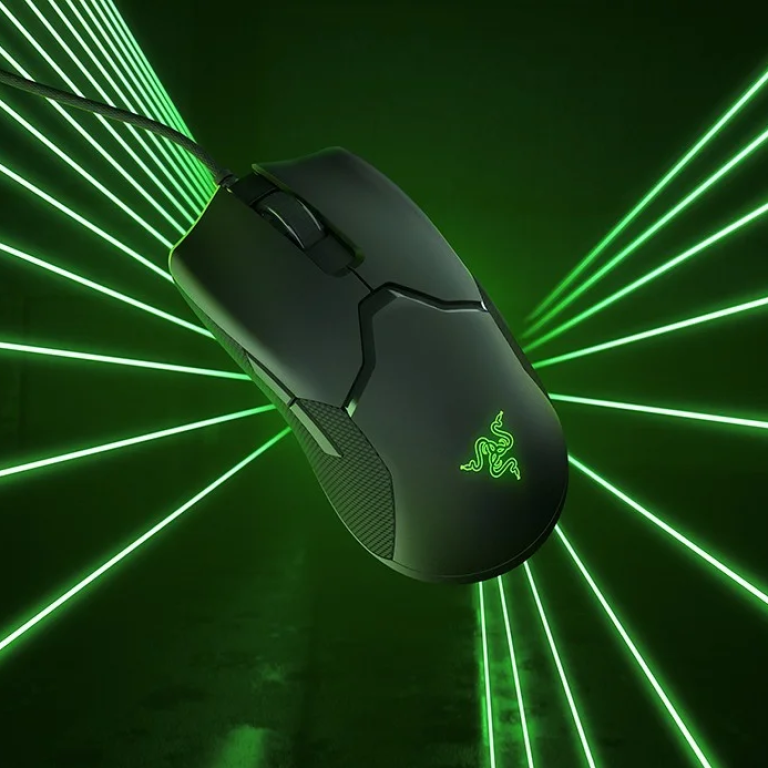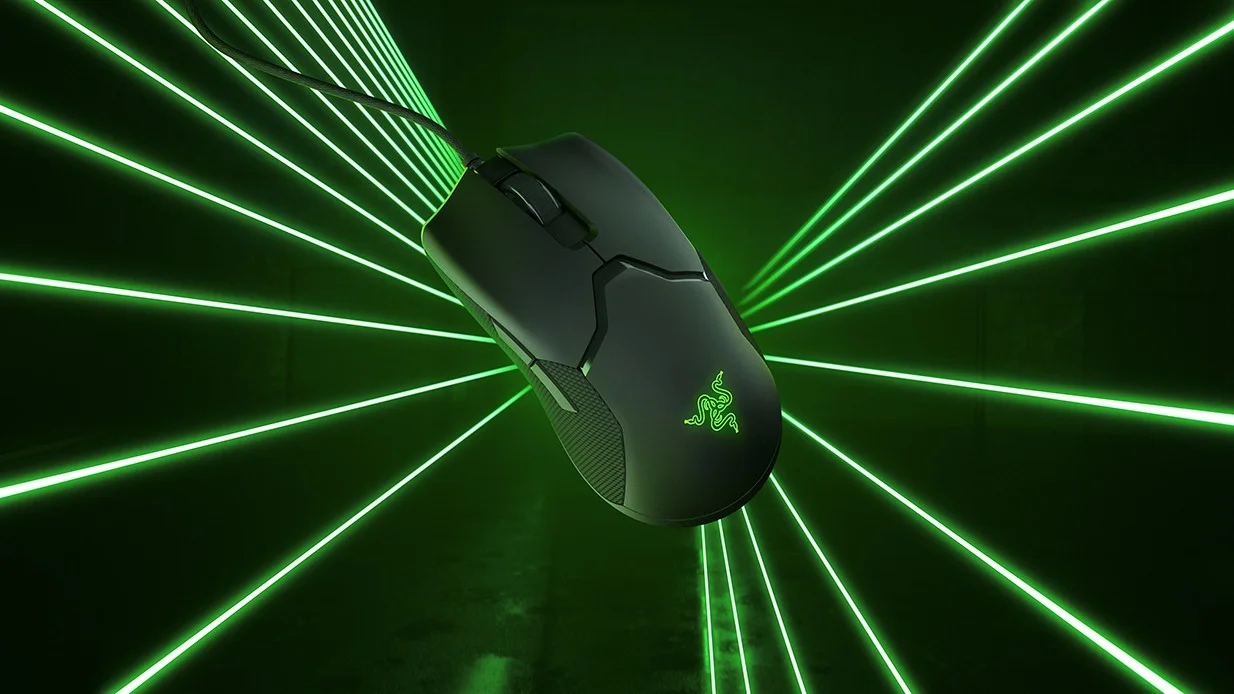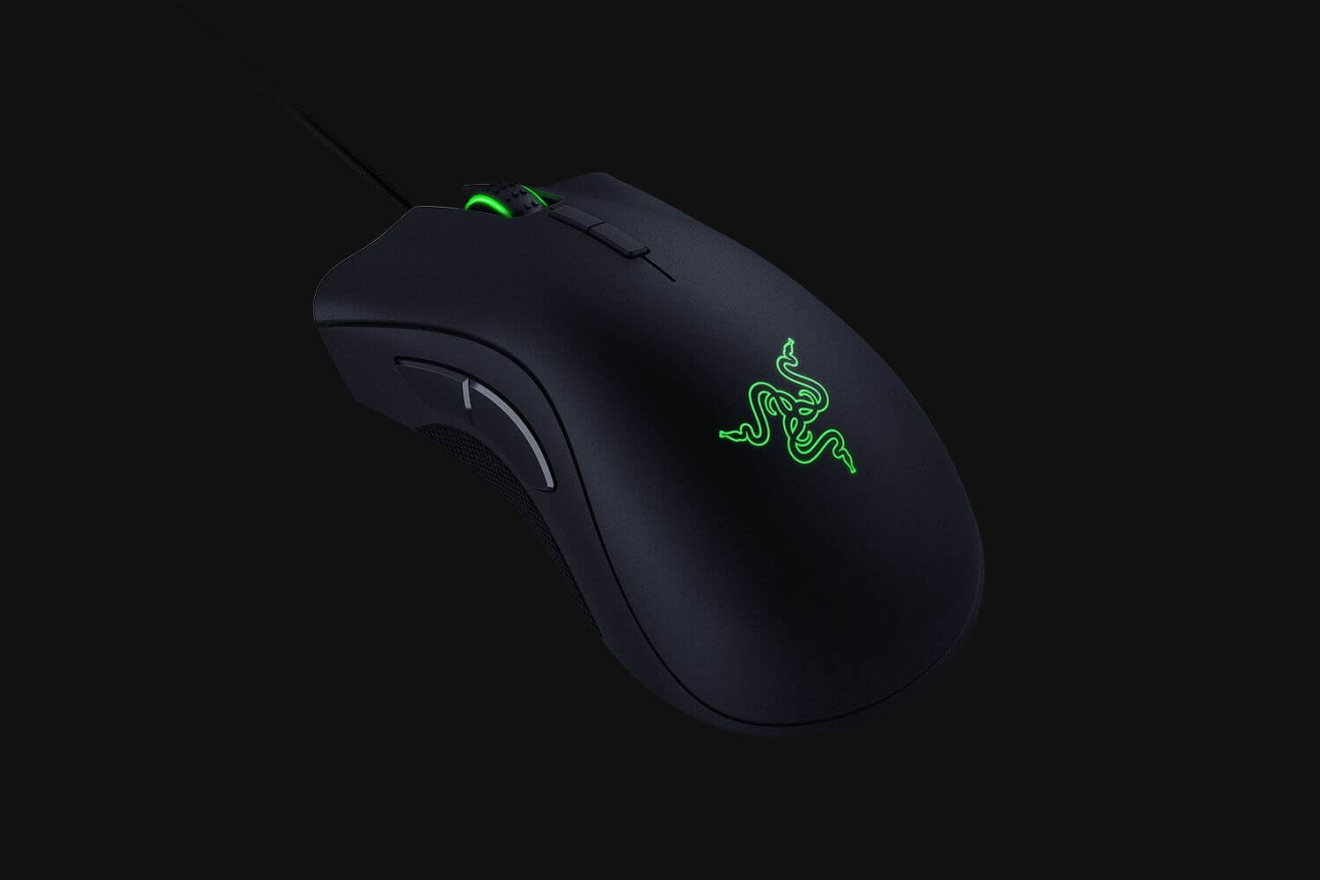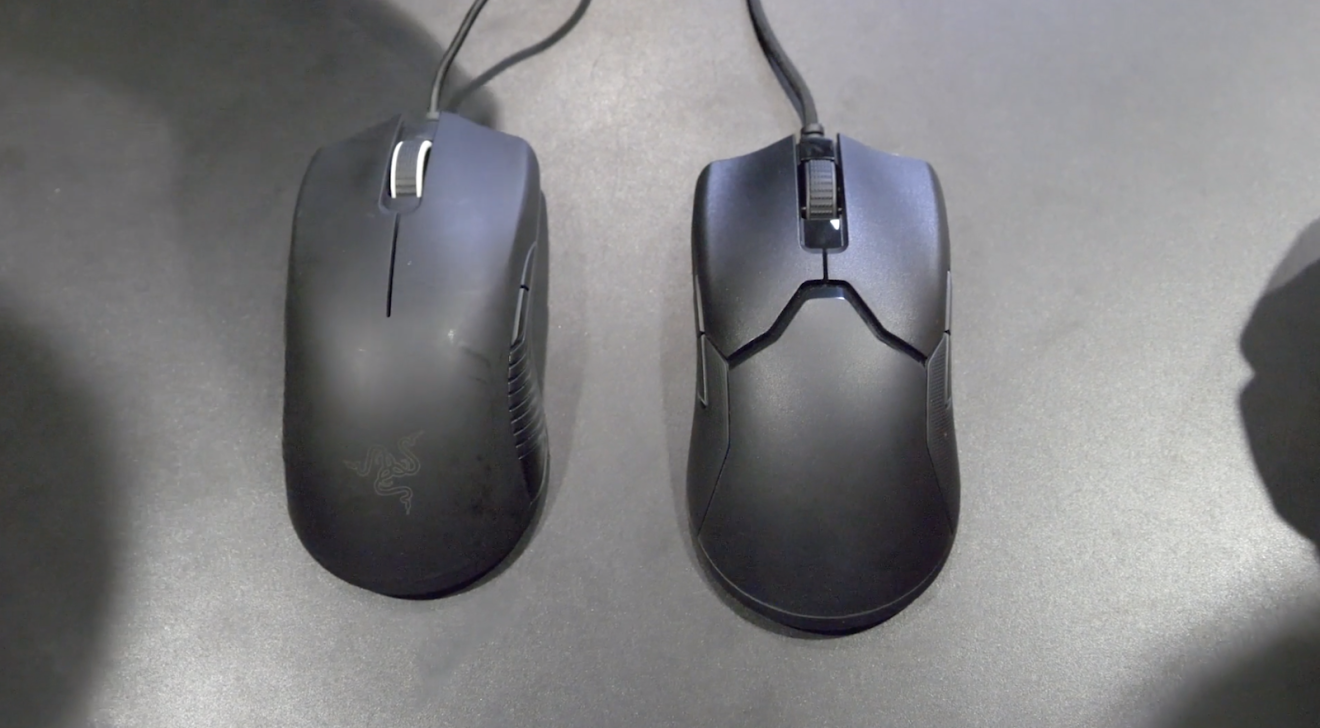
The making of a mouse: Why Razer thinks gamers need an US$80 mouse
As it unveils the Razer Viper Ultimate, we visited the company in Singapore to discover how the original Viper was designed
How do you hold your mouse? Do you use the palm, fingertip or claw grip?
You might not have ever considered those questions. You might not even realize that there’s more than one way to hold a mouse. But it’s something mouse designers think about before they even get to the drawing board.
Razer grappled with this question when building its newest gaming mouse, the Viper. And there’s also a more fundamental challenge to tackle.

Razer wants to position itself as the Nike of esports. It wants to be the brand that gaming athletes can rely on for gear that will help them perform at their best in competitions. And it also wants to be the brand that a much wider audience of gamers turn to when they want to play like the pros.
How do you design a tool that’s robust enough for professionals but accessible enough for amateurs?
I visited Razer in Singapore to answer that question.
GRIP IT AND RIP IT
Let’s go back to the question I posed at the start. How do you hold your mouse? Here are the most common positions.

I imagine most of you will say the palm is your preferred position.
Here’s a surprise: The Viper isn’t designed for that.
Razer’s mouse isn’t designed for the most common way people hold a mouse because it’s not how gamers hold a mouse. The palm grip is comfortable, allowing you to rest your hand on the “hump” of the mouse and relaxing your forearm. But by relaxing in that way, you surrender a degree of control, which is why gamers prefer the claw or fingertip grip.
Ayush Sharma, senior product developer at Razer, explained that the fingertip grip raises your forearm above the desk, providing the biggest range of motion -- but at a cost.
“The claw grip… is just wildly uncomfortable, but it gives you the most precise control over your mouse,” Sharma said. “Fingertip is popular because it’s sorta in-between palm and claw.”
It explains why the “hump” on the Viper is so low: Razer doesn’t expect players to rest their palms on it.
OPTICAL SWITCHES
Players will rest their fingers on the Viper’s buttons. But there’s something different going on under the hood.
Instead of the regular mechanical switches, the buttons on this mouse have optical switches, powered by a series of infrared beams inside the mouse itself.
Sharma said, “There's a small slit through which an infrared beam shines through. When you press the button, that slit actually goes down, and it interrupts the beam from going through.”

“A mouse actually feels different when it’s new, so a lot of players dislike getting a new mouse even if it’s exactly the same,” he said. “Most notably, the button on a new mouse is more rigid and hard to press.”
But others told us they do change their mouse frequently, not because they necessarily want to, but because of sponsorship -- so they never even get close to wearing out their equipment.
Still, it’s hard to complain about a mouse that’s more durable, especially when Razer says optical switches also solve another problem: Accidental double-clicks.
A quick Google or Reddit search shows plenty of complaints about accidental double-clicks with Razer products. With mechanical switches, a lingering wobble or bounce after a click can sometimes register as a second click. This shouldn’t happen with optical switches, according to Razer.
It might not sound like a big deal, but precision counts in esports. With millions of dollars on the line, an accidental misclick can have severe consequences.
FUNCTION OVER FORM
That level of minute detail extends to another part of the design: The Viper, unlike so many products, does not have a unibody design. The two mouse buttons are made from distinct pieces of plastic. It’s almost retro in appearance -- but again, there’s a reason for it.

With a unibody design, as seen in the prototype above, both buttons are connected. That means a click on the left side can be felt on the right side. It’s a minute thing, but it makes all the difference with esports.
By separating the buttons into individual panels, the Viper may not be as slick in appearance as some of Razer’s other mice -- but it has a crisper and more satisfying click.
But as a gaming mouse, those aren’t the only buttons on the Viper. There are also an array of buttons on the side, important for triggering extra commands in games.
“You used to have only standard three button mice in the past, then people started thinking of five button mice as being the standard and and you couldn't have less than five button on mice,” Razer’s Sharma said.
Finding a place for them is harder than you think. The side buttons have to be easily accessible, preferably in a place where the player’s hand is resting. But equally, it can’t be where they grip the mouse, in case players accidentally click.

“We moved the designs up and shaped them so that there wouldn't be any accidental misclicks,” Razer’s Sharma said.
THE ESPORTS EFFECT
In all, Razer went through twelve different builds of the Viper before settling on the final design. Everything, down to the type of cable, was considered and customized.
(In this case, the covering for the cable is braided, providing less resistance when it’s bunched up -- an attempt to make this wired mouse move as freely as a wireless mouse.)
All of that technology and design packed into a mouse might seem like overkill. The hefty price tag, US$80, certainly might make some balk. After all, it’s just a mouse, right?
Sure, for esports athletes, US$80 is nothing when you’re competing for multi-million dollar prizes. But why do regular gamers need a mouse like this?
It becomes clearer when you consider the parallels with other sports.
Remember, Razer wants to be the Nike of esports. And Nike doesn’t just sell gear to professional athletes. Nike is Nike because it sells gear to everyone else. You may not need the advanced tech that goes into Nike’s shoes the way Eliud Kipchoge does, but that doesn’t stop people spending hundreds of dollars on Nike running shoes.
Similarly, an ordinary gamer might not appreciate the difference in feel between the Viper’s separated buttons and a unibody mouse the way an esports athlete would. And they may never reach the fabled 70 million clicks Razer promises from the Viper. But the knowledge that you’re using a mouse designed by experts, for experts, carries weight with gamers.
As long as Razer continues to deliver gear good enough for the pros, it will continue to find an eager following among the amateurs that dream of being up there with them.
For more insights into China tech, sign up for our tech newsletters, subscribe to our Inside China Tech podcast, and download the comprehensive 2019 China Internet Report. Also roam China Tech City, an award-winning interactive digital map at our sister site Abacus.

